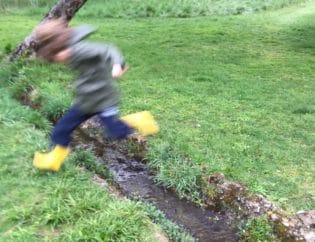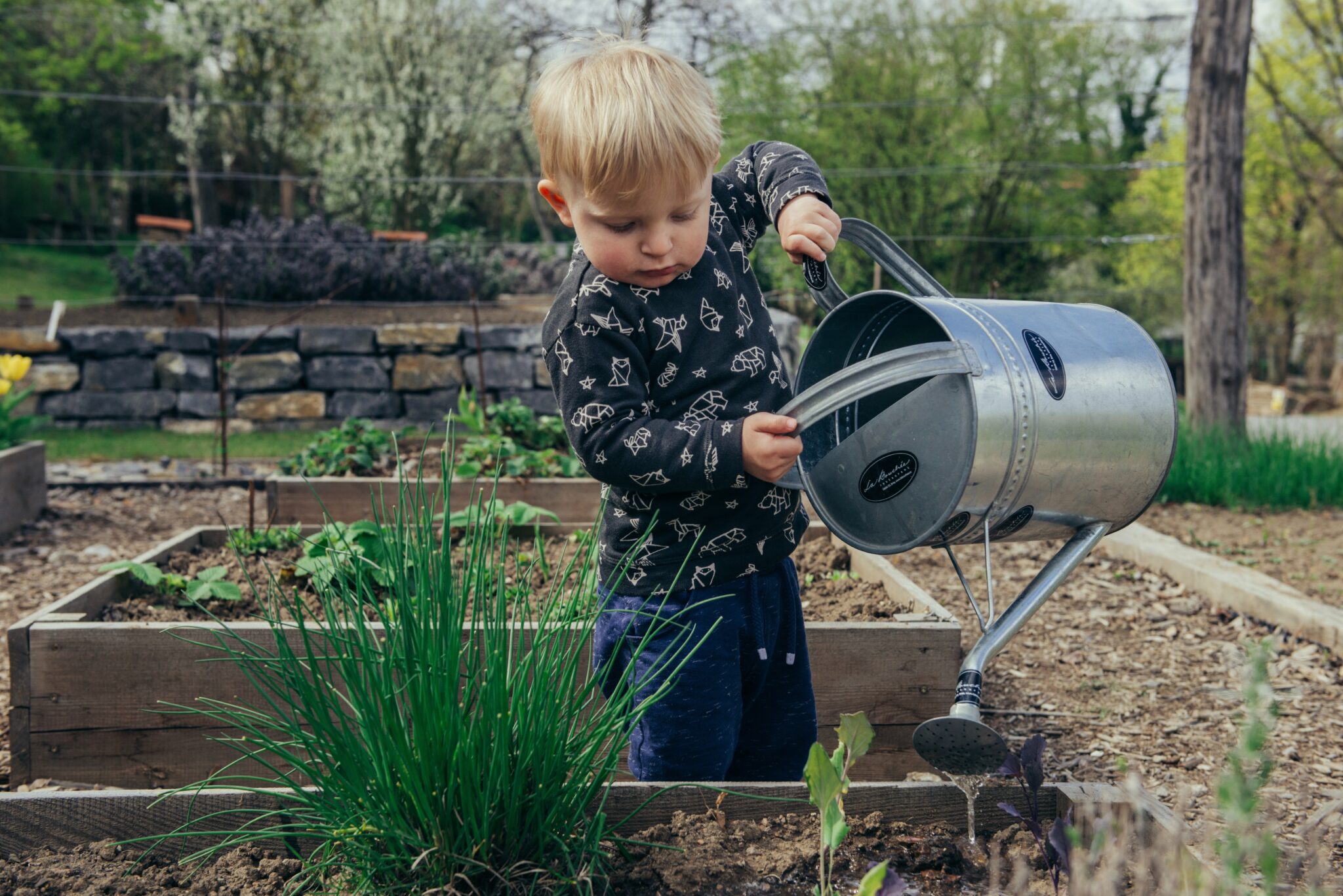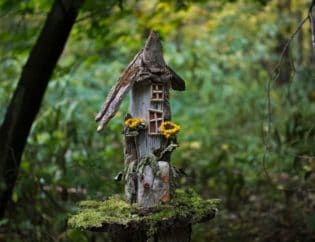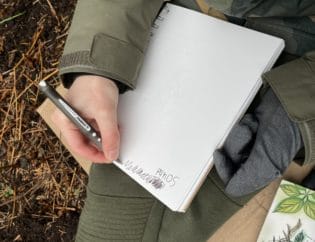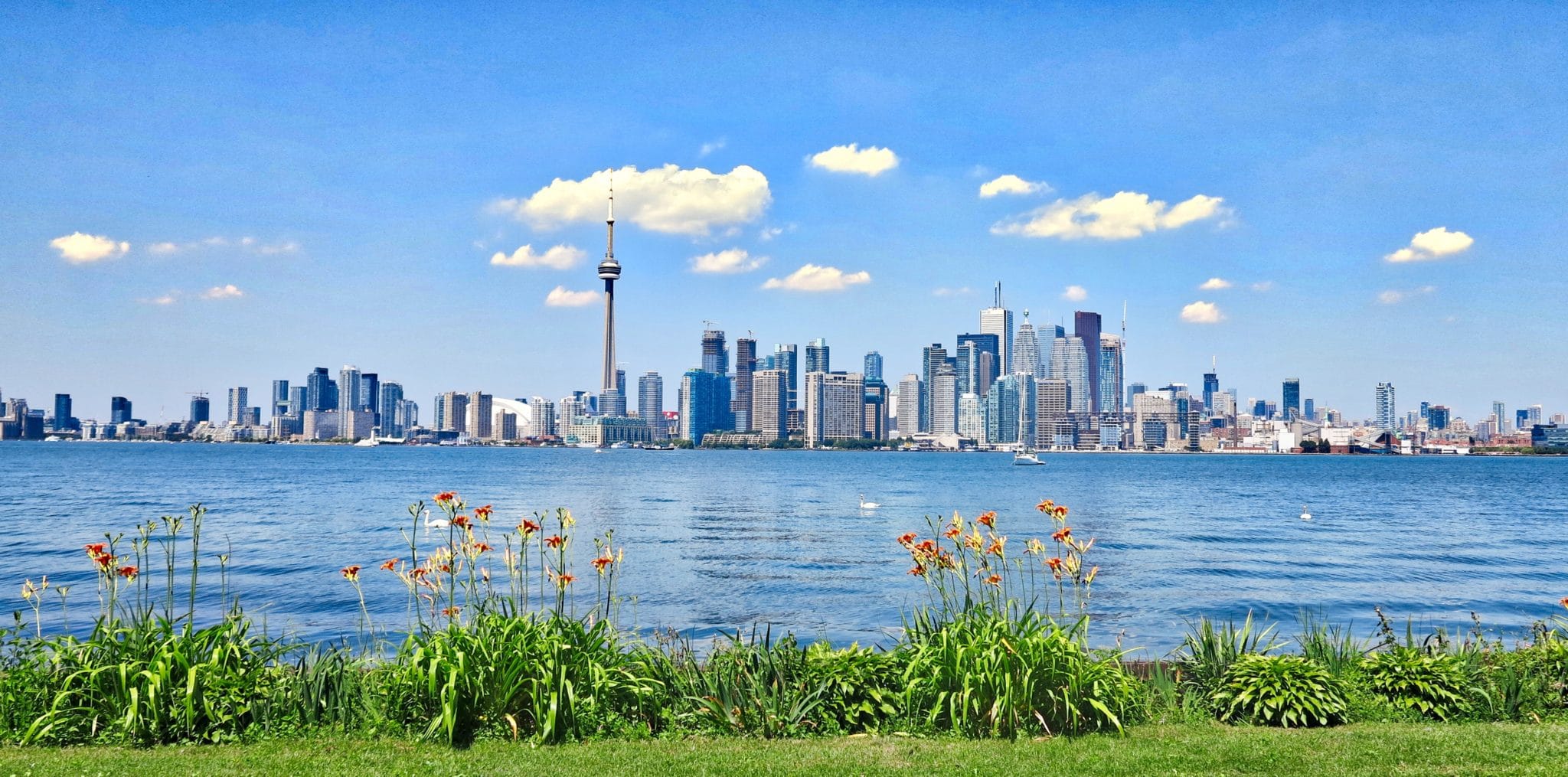
About 3.5 billion people across the globe live in cities — and that figure is expected to increase to 2.5 to 3 billion people by 2050. Luckily it's getting even easier for families to get nature into their urban lives.
Cities are great places for families. They often offer access to cultural experiences such as theater and museums. They often have better schools or more options for education. And city living fosters a more active lifestyle. Car culture is not typical in a city.
But cities can put a mental strain on people, resulting in increased mental illnesses and mood disorders. And while many factors share the blame, reduced access to nature is a contributing cause. With a world population becoming ever more urban, for the sake of our future, we need to prioritize nature in city-planning and policy.
Fortunately, it's actually not that hard to find nature in most cities. There are over 1.5 million acres of parks and playgrounds in cities across the US alone. Most cities have reserved lands for parks and green spaces or are prioritizing that now. It's typically a matter of city dwellers making use of the parks and green areas. By law, cities are required to reserve some space for parks and recreation. Follow the news and you will learn of multi-million dollar parks built all around the world.
If connecting city with nature does not come naturally for you, here are a few ways to get more nature in your family's life without leaving the ease and convenience of a city.
Relish the walks.
Whether you're walking to school or the store, pay attention to the hidden in plain sight world of nature and looks for daily changes. Take some time to observe the growth cycles of community gardens. Study the community of, pigeons roosting in a parking lot (it's not to be missed). Or just pay attention to the number of trees you find on certain blocks.
Go on a city safari.
Finding wildlife in cities can be even easier because the animals are concentrated and have limited options. And here's a hint: head to where there's water! Nature goes where there is food, water, shelter and little competition. Your city will definitely have nature in it. Ponds, lakes, marshes, rivers are excellent places to spot wildlife in a city.
Plug into park programs.
If you haven't checked out your parks and recreation department, do so now! You'll be amazed at the rich activities many urban park rangers offer to residents, from kayaking to birdwatching or night hikes. Make an effort to learn who is heading up outdoor programming and get on their email list.
Tour rooftop gardens.
Most cities have some rooftop gardens. These may be on private office buildings but the gardens are open to the public. Find out where yours are and enjoy!
Create a tiny jungle.
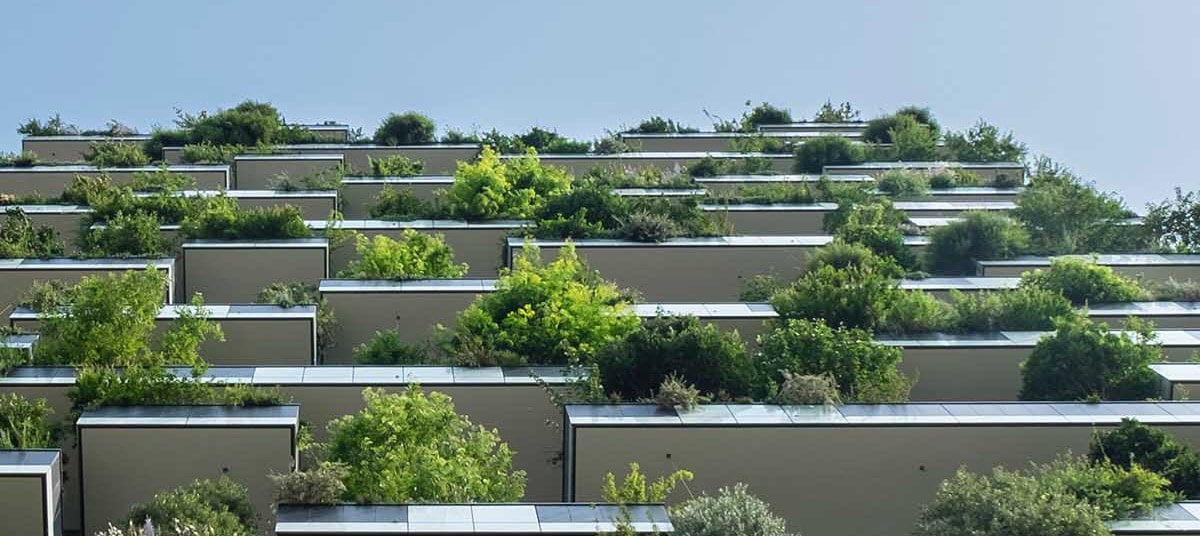 Let's face it, you barely use your balcony. Aside from showing the view to guests, it's just an empty space outside your apartment. Why not plant a garden? You can have your own tiny jungle inside the concrete jungle that is the city. You'll also help clean the city's air and in turn, have fresher air coming in into your apartment.
Let's face it, you barely use your balcony. Aside from showing the view to guests, it's just an empty space outside your apartment. Why not plant a garden? You can have your own tiny jungle inside the concrete jungle that is the city. You'll also help clean the city's air and in turn, have fresher air coming in into your apartment.
Visit a Wildlife Refuge.
Yes, there are wildlife refuges in cities! In fact, there is a national wildlife refuge located within a one-hour drive of nearly every metropolitan area, according to the U.S. Fish and Wildlife Service's Urban Wildlife Conservation Program (UWCP). The U.S. Fish and Wildlife website even has an online tool to find the refuges closest to you, with many accessible via public transportation.
Plant Trees.
Many city agencies and organizations have initiatives to plant more trees in their cities. Having more trees helps reduce the urban heat island effect and promotes the well-being of city dwellers! Check out the Arbor Day website to see if there are ways to help plant trees in your city.
Volunteer for a Park Invasive Species Removal.
Invasive species are plants, animals, or pathogens that are non-native (or alien) to the ecosystem under consideration, and whose introduction causes or is likely to cause harm. A great way to learn about plants in your city is to volunteer for invasive species removal. The USDA's National Invasive Species Information Center has resources for identifying and reporting invasive species in your area.
Visit a Botanical Garden.
Botanical gardens are a place of refuge and learning for many city dwellers. They can be the ideal place to convene with nature in a city. Take your child to these centers of biodiversity and conservation and see how many different species of plants he or she can find. Look for pollinators or other insects or birds who call the garden home. To find a garden or arboretum near your home, search the American Horticultural Society's garden directory.
One thing is certain City living is not going away. Given what we know about the importance of nature to health and wellbeing, we need our cities to be more nature smart and we need to do some digging to find opportunities to connect with nature in our cities.
Green up a schoolyard.
If your child's school is a sad patch of asphalt, make a fuss about it. Team up with other parents and teachers who understand the importance of green space for children's learning and development, and work with school funds or the PTO or even the mayor's office to build a green schoolyard. Involve the local press to garner more support for your effort. Need resources? Check out our Green Schoolyard resources for orgs and companies that have done the legwork for you!
Volunteer at a Community Garden.
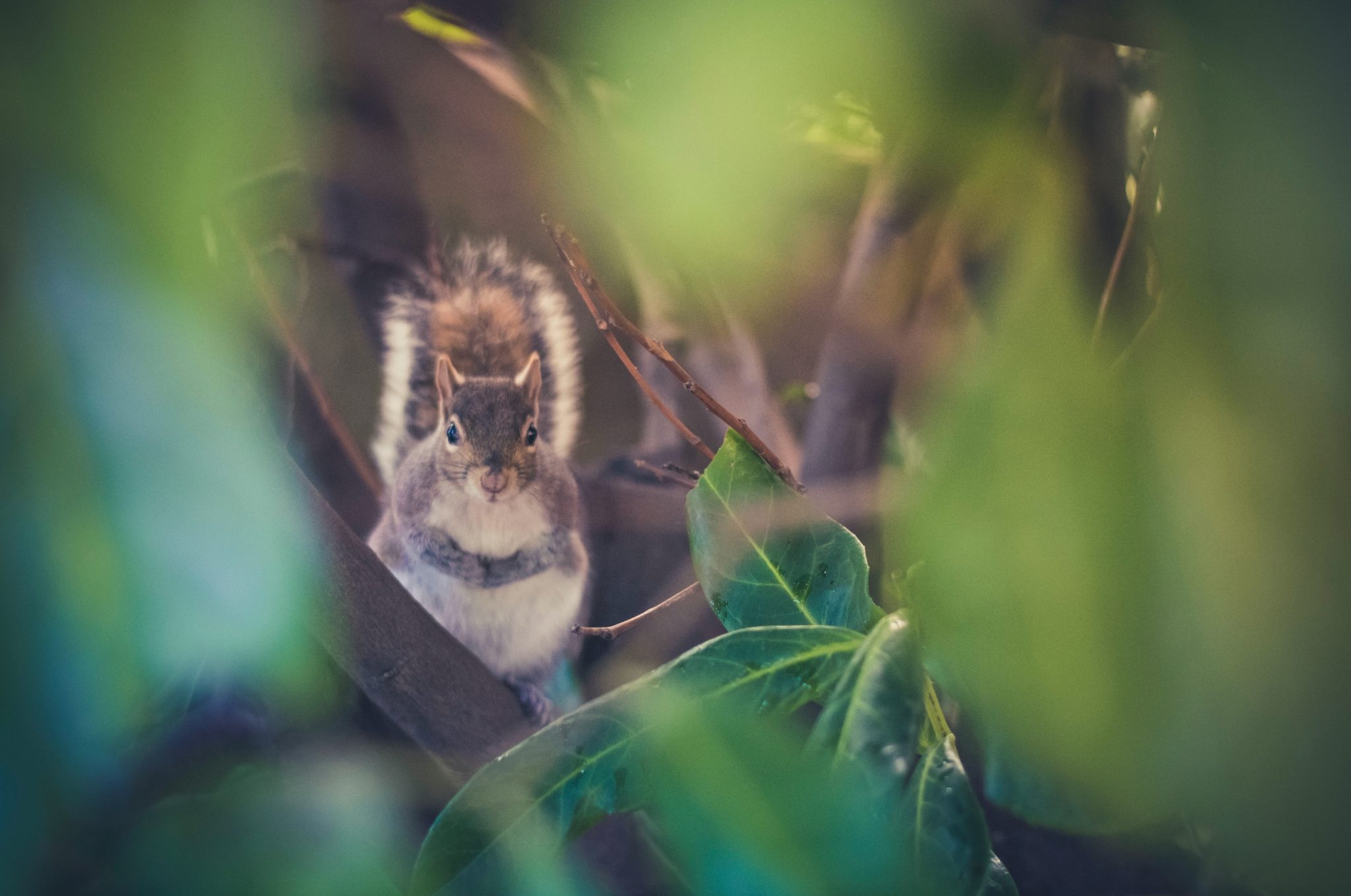
Volunteer at a community garden and help plant veggies, fruit, and flowers. This is a great way to interact with nature because not only are you working with plants, but you also get to dig in the dirt! Are there any worms or other bugs crawling around in the garden? You can learn more at the American Community Gardening Association.



